Tea bowl (Chawan) used in tea ceremonies can be broadly classified into four types: Karamono, Kouraimono, Shimamono, and Wamono, depending on where they are produced.
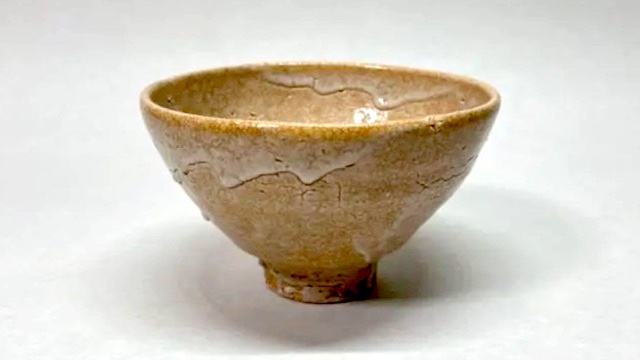
Korean Peninsula (Ido, Kobiki, Mishima)
GoryomonoThere are many traditional pottery production areas in Japan, and 32 types have been designated as national traditional crafts (as of January 2021).
There are many pottery-producing areas that have developed along with the popularity of the tea ceremony culture, such as those in power that have ceramic tea ceremony utensils fired.
As you can see from the ranking of ``Ichiraku, 2 Hagi, 3 Karatsu'', it is important to know the types and characteristics of pottery in the tea ceremony.
Let's take a look at some representative pottery production areas.
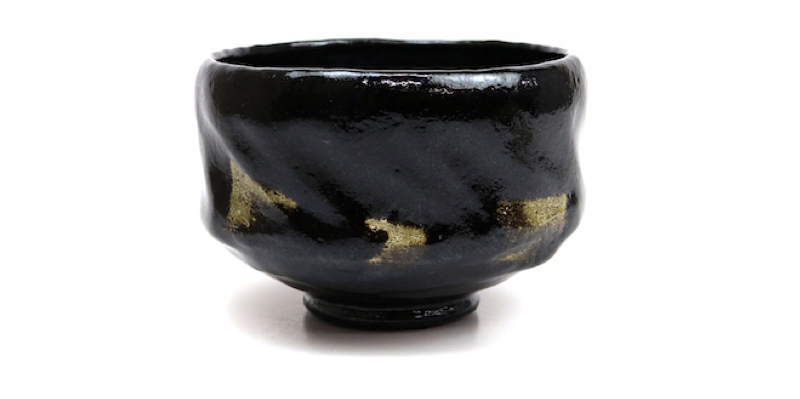
"Raku pottery" is said to have started when Sen no Rikyu, who perfected the world of wabicha, had the Raku family in Kyoto make it.
Because it is hand-kneaded, there is a slight distortion, but it has a warm and deep flavor.
Another characteristic of Raku pottery is that it was designed for the tea ceremony.
“Chasen-zuri” has a wider bottom, making it easier to turn the tea whisk and make tea. It has been devised so that it does not drip and you can drink it beautifully.
There are "Kuraku" and "Red Raku" depending on the color difference.
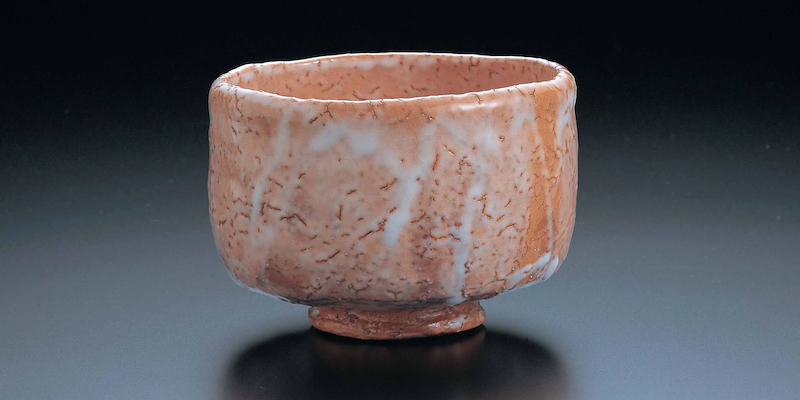
"Hagi pottery" is made mainly in Hagi City, Yamaguchi Prefecture.
It is said that the development centered on tea bowls used in the tea ceremony, as the Mouri clan, who ruled the land where the kiln was established, had a deep connection with the tea ceremony.
The characteristics of Hagi pottery are the warm colors created by mixing three types of locally available pottery clay, and the fine cracks called kannyu that are naturally created during the firing process in the kiln.
In addition, tea and other substances permeate through the gaps between these cracks, and the color of the vessel changes as it is used.
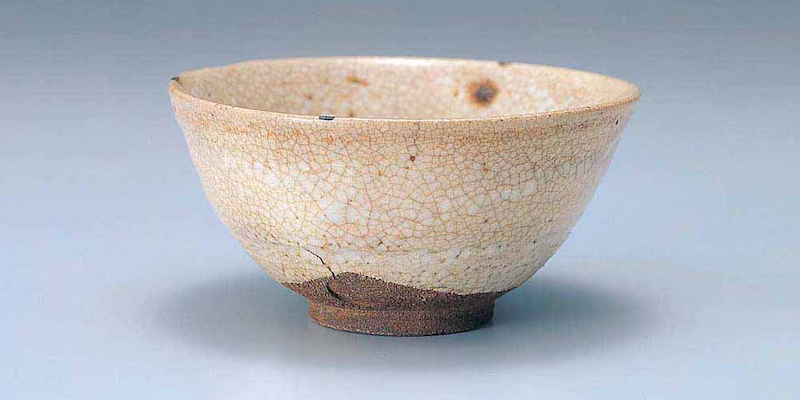
"Karatsu-yaki" is a type of pottery produced mainly in Karatsu City, Saga Prefecture. It has a rustic and astringent style that allows you to feel the taste of the earth, and has been loved by tea masters.
Karatsu pottery has various decoration methods, and it is also characterized by its rich variation.
Two types of glaze are used: black and white, ``picture karatsu,'' which depicts flowers and birds, and ``madara garatsu,'' which has black and blue mottled patterns on the surface of the glaze. There is "Chosen Karatsu" with a beautiful gradation.
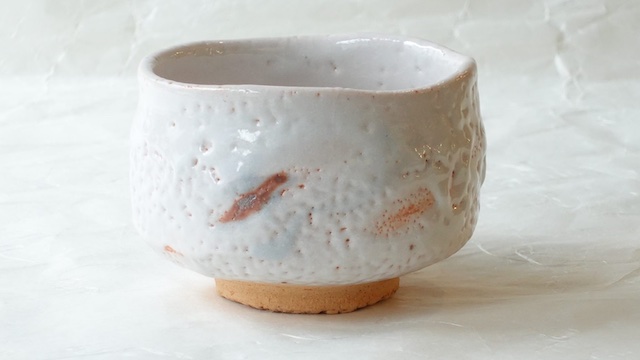
A general term for pottery with feldspar glaze (white glaze) in the style of Mino pottery from Gifu Prefecture, which began in the Momoyama period. There is a theory that white glaze with ash added to feldspar began to be used in Mino pottery at the end of the Muromachi period (middle of the 16th century), but white glaze with only feldspar appeared in the early Momoyama period, during the Tensho period. The theory that it dates from the 1580s to the 1590s, from the Sho to the Bunroku period, is gaining ground.
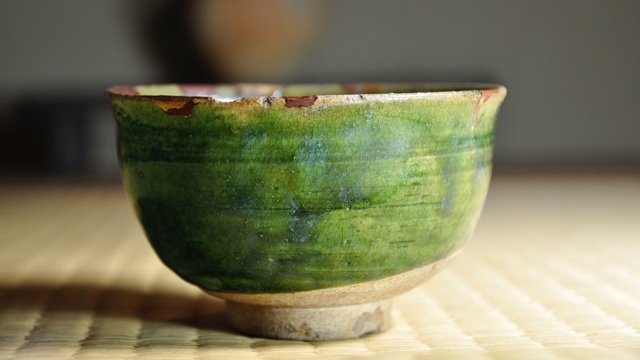
Creative pottery fired in the Mino kiln in the eastern part of Mino Province (Gifu Prefecture). The area has a tradition of pottery production dating back to the Heian period, but by the end of the Muromachi period, it had a major development, especially in the emerging 'Wabi' pottery and tea utensils with the taste of tea masters. started to build. As an extension of this, Oribe pottery began to be created in the first half of the Keicho period (1596-1615) in the latter half of the Momoyama period. In addition to its style and design, it is said that Furuta Oribe, the leader of the tea ceremony world at the time, liked Oribe pottery. Therefore, it is called by this name.